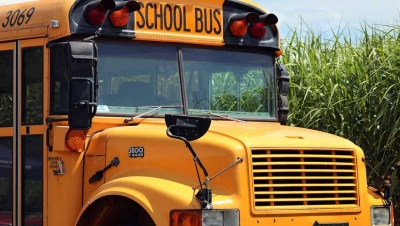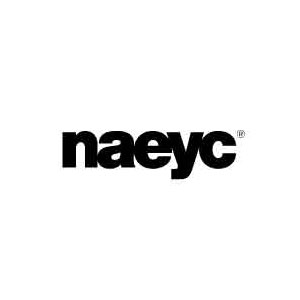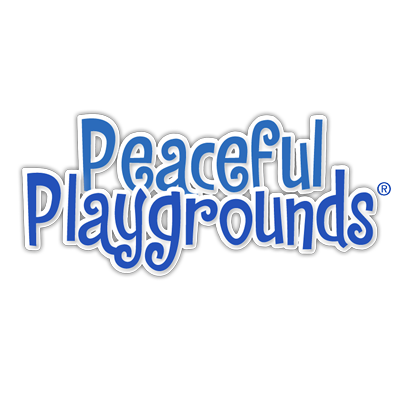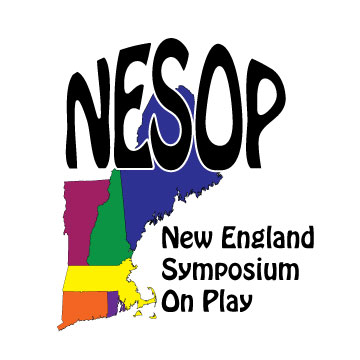It's a center of learning
In the Fall of 2000, the City of Tempe, Ariz., held an invitational competition to design a children's playground for Tempe Beach Park—the premier park in the city located on the south bank of the Rio Salado Project, which is a nationally recognized flood control / recreational development just north of the downtown area. The MOORE / SWICK partnership, a local landscape architecture and planning firm, was unanimously chosen to design the project by three separate selection committees, one assembled specifically for this project, one comprised of representatives of the various City departments with a vested interest in the project and one made up of members of the community at large.
The Tempe Beach Park Water Playground was designed to be a unique play environment that would complement the philosophy of the Rio Salado Project, add to the existing amenities in Tempe Beach Park and provide a creative, educational and enjoyable play experience for the children of Tempe.
The concept behind the design was to make children more aware of the presence and importance of water in Arizona by tracing the course of a raindrop as it fell on the state.
The playground begins on top of an existing berm, used to represent the mountains of Arizona’s high country. A fully accessible concrete path winds its way to the top, through boulders and trees. At the summit, a hard surface seating area is located below an overhead fabric and stainless steel shade canopy designed to resemble thunderclouds. In this canopy, a strobe light flashes periodically to simulate lightning, all-weather speakers pipe in the sound of rolling thunder, and a stainless steel “rain ring” intermittently provides dripping water, simulating a light rain. It's a real thrill to see the look on the kids faces when they hear the crack of the thunder and set off running to be drenched by the falling rain.
This water is captured in a small basin in the plaza below and is channeled to cascade over two small artificial rock waterfalls (one for older children and one for younger children) to splash in. Some of the water flows down an off-the-shelf playground slide through a misty, fluted stone canyon on its way out of the high country.
Once it reaches the “valley” below, the water is split to flow in two separate directions.
The first direction illustrates the course that water follows on its natural course out to the ocean. Here, shallow water flows over a textured concrete and acrylic deck surfaced “stream” under the canopy of overhead shade trees. Children enjoy themselves either sitting in the flowing water or floating boats, leaves or sticks in the current. An off-the-shelf playground bridge crosses the stream and provides muscle-developing activity and an overlook down the stream. On the banks along the stream are riparian plants such as Chuparosa and desert grasses, used to demonstrate that particular type of natural landscape environment. Hidden in low streamside landscaping are small ornamental frogs and turtles that squirt the children with a cooling spray of water. These small critters are a favorite with the younger children who enjoy the quiet of the stream and low flow emitted by the animals. The stream terminates at a small tot-turf surfaced area representing the ”ocean.” Here, children can splash in the spray of grade level ground sprays, or play on off-the-shelf whale spring toys.
The second direction illustrates the course that water follows as it is used by humans. The first major feature the water encounters is a small concrete “dam.”
On the upstream side is a small tot-turf surfaced “lake” on which several boats are implied with a complimentary colored Tot-Turf. These boats are retrofitted with off-the-shelf water cannons so that kids can squirt each other to keep cool. This high-energy feature is a real hit with the older children. The dam itself is made of concrete and constructed to a height where it can be used as a fully interactive water play table for children of all abilities. On one face of the dam is a bas-relief illustrating various plants and animals found along Arizona waterways.
Peeling off from either side of the dam are a series of shallow water channels representing the “canals” that crisscross the Phoenix metropolitan area. These are fitted with pumps, gates, and scuppers for more interactive water play.
On the downstream side of the dam is the “dry riverbed.” Here, children can partake in traditional sand play, use an off-the-shelf playground bridge for muscle developing activity, or work with “diggers” (these playground elements were designed to resemble and work like small-scale backhoes).
The concrete on either side of the sand play area is scored and colored brown and green to resemble “agricultural fields,” which are planted with grids of overhead shade trees representing agricultural “groves.”
In the evening, the playground is lit by several area lights designed to resemble rainbows—the traditional symbol of the calm at the end of the storm.
Although it's located in a desert, the project is very water conscious and uses state-of-the-art technology to assure that neither water or electricity is wasted. First, the system is 100 percent re-circulating. It is also electronically programmed, with each of the features sequenced to turn on and off for a pre-determined length of time. Throughout the playground several "activation bollards" have been located, which allow children to interrupt the sequence with the touch of a hand, making it fully interactive.
The mechanical system was designed as a stand-alone system. It uses two separate pumps the first is a 60 g.p.m. to 200 g.p.m. variable-frequency pump that kicks in when the system is turned on. It runs some of the lower-flow elements such as the animals along the stream and the ground sprays. When one or more of the higher-flow elements such as the waterfall or water cannons are engaged, boosting the flow requirements over 200 g.p.m. (and up to 450 g.p.m.), the second fixed-frequency pump takes over and continues to pump until the flow requirement drops off to below 200 g.p.m., or the park is turned off.
Water quality is maintained through the use of a bromine ozone injection system which can be remotely monitored (as can all the pumps, valves, and sequencers) by City employees. It even has the added capability to call in, should some part of the system fall outside of the predetermined operation parameters.
The project is the first of its kind in the State of Arizona. It was completed in May of 2002 and has proven to be a tremendous success with the children of Tempe, as well as those of other metropolitan area communities who come from far and wide to enjoy a day cooling off at the Tempe Beach Park Splash Playground.

















Add new comment